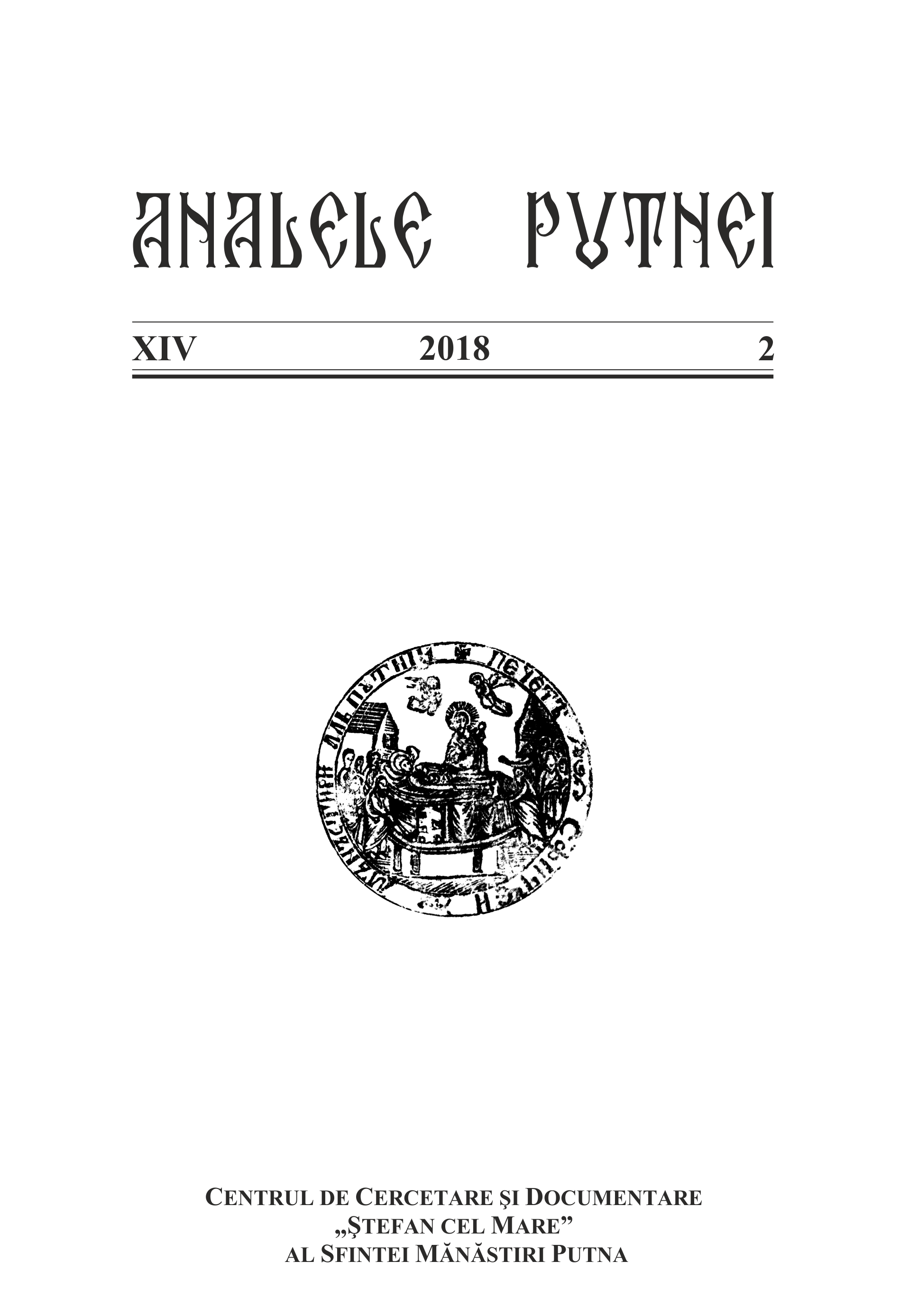Contribuții la istoria Bisericii Ortodoxe Române din secolele XV–XVI
Contributions to the History of the Romanian Orthodox Church from the 15th and 16th Centuries
Author(s): Iulian Marcel CiubotaruSubject(s): History of Church(es), 15th Century, 16th Century, Eastern Orthodoxy
Published by: Centrul de cercetare şi documentare ŞTEFAN CEL MARE
Keywords: Metropolitan George; schemamonk David; hegumen; Gabriel of Cernăuți; Chariton Chiceră; chronicler Euthymius; Neamț Monastery;
Summary/Abstract: The present study investigates some aspects of the old history of the Church of Moldavia, from the 15th and 16th centuries. The first part deals with the figure of Metropolitan George the Elder. Based on the analysis of the preserved documents, the author shows that Metropolitans George and David are not one and the same person as it was ascertained in the older historiography. David was not the great schema name of Metropolitan George, as Priest Niculae M. Popescu argued out of a desire to correlate and reconcile historical sources. The second part provides valuable information about the families of some 16th century Moldavian hegumens. The social background of the clerical elites is a little and poorly known subject. Nevertheless, several property documents provide information about an abbot of Bistrița Monastery, Hieromonk Gabriel, who was the son of Hetman Jeremiah of Cernăuți. Also, at the end of the 16th century, the brotherhood of Agapia was headed by Monk Chariton Chiceră, a descendant of an old boyar family and grandson of John Chiceră, the envoy of Petru Rareș to Moscow in 1546. The last part reopens a century-old problem in the Romanian historiography regarding the monastery where Hieromonk Euthymius, the official chronicler of Alexandru Lăpușneanu, was tonsured. The careful analysis of the documents refutes the interpretations according to which the scholar was the hegumen of Căpriana or Humor. It seems that the interpretation of N. Iorga remains the most viable, because Euthymius came from the Neamț brotherhood. A note from a manuscript from 1554, together with some indirect arguments, suggest that Euthymius of Neamț was a disciple of Bishop Macarius of Roman. The author believes that this particular Euthymius must be identified with the author of the chronicle of Alexandru Lăpușneanu’s reign.
Journal: Analele Putnei
- Issue Year: 2018
- Issue No: 2
- Page Range: 191-210
- Page Count: 20
- Language: Romanian
- Content File-PDF

